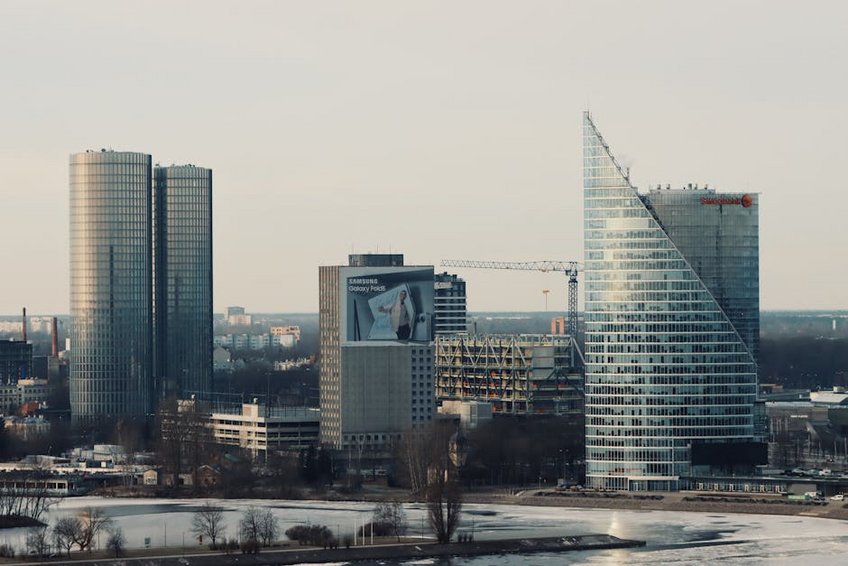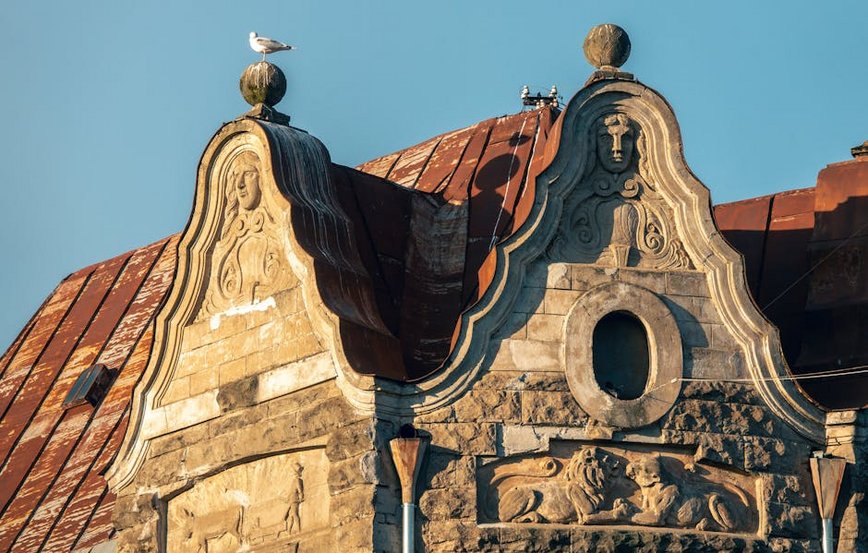Latvia Riga Art Nouveau District: Architectural Marvels and Cultural Gems
Riga’s Art Nouveau district showcases over 800 buildings with intricate facades, making it Europe’s most concentrated collection of this architectural style. Your exploration reveals floral motifs, mythological figures, and dramatic sculptures adorning structures primarily constructed between 1904 and 1914. This guide covers essential visiting tips, must-see addresses, and cultural insights for experiencing this UNESCO World Heritage site.
Essential Riga Art Nouveau Information
Riga developed its distinctive Art Nouveau quarter during the city’s economic boom, with local architects like Mikhail Eisenstein leading the movement. The district spans central neighborhoods including the Quiet Center, where over one-third of buildings feature Jugendstil elements. This architectural golden age produced decorative masterpieces that survived both world wars and Soviet occupation.
Architectural History and Significance
Latvia’s Art Nouveau emerged during national awakening, blending international styles with local folk motifs. Riga’s version incorporates more verticality and geometric patterns than other European interpretations. The buildings represent bourgeois prosperity and cultural identity during rapid urbanization.
Key Architectural Styles in the District
Three main variations appear throughout the neighborhood. Perpendicular Art Nouveau features strong vertical lines and geometric ornamentation. Romantic Nationalism incorporates Latvian folk patterns and mythological themes. Eclectic Art Nouveau mixes classical elements with modern decorative features.
- Perpendicular Style: Characterized by elongated windows, vertical reliefs, and simplified geometric patterns on buildings like Alberta iela 2a.
- Romantic Nationalism: Features sun crosses, oak leaves, and Latvian folk symbols prominently displayed on structures including Elizabeth Street buildings.
- Eclectic Variation: Combines Art Nouveau with Neo-Gothic, Renaissance, or Baroque elements seen at Strēlnieku iela 4a.
- Budget travelers spend $50-75 daily using hostels, self-catering, and free walking tours while focusing on exterior architecture viewing.
- Mid-range visitors allocate $100-150 daily for hotel stays, museum entries, cafe meals, and guided architectural tours with expert commentary.
- Luxury experiences cost $200-300+ daily featuring boutique hotels, fine dining, private guides, and special access to restored interiors.
- Riga Official Tourism Portal
- Latvia Travel Art Nouveau Guide
District Boundaries and Access Points
The primary concentration centers around Alberta iela, Elizabeth Street, and Strelnieku Street in the Centrs district. Most significant buildings cluster within a 15-minute walk from Old Riga. Public transport includes trams 3, 5, and 7 with stops near the district perimeter.

Alt: “riga-art-nouveau-building-facade-sculptural-details”
Planning Your Latvia Riga Art Nouveau District Trip
Your Latvia Riga Art Nouveau District visit benefits from strategic timing between May and September when daylight lasts longer for photography. Budget approximately $75-150 daily including mid-range hotels, museum entries, and dining. Reserve guided tours two weeks ahead during peak season from June through August.
Spring visits in April and May offer blooming chestnut trees complementing the architecture with fewer tourists. Autumn provides dramatic lighting conditions from September to October with comfortable temperatures around 50-60°F (10-15°C). Winter visits require warm clothing but reward with festive lighting and minimal crowds.
Best Time to Visit Riga for Architecture
Visit between late May and early September for optimal weather conditions averaging 65-75°F (18-24°C) and extended evening light. July represents peak season with cultural festivals but requires advance accommodation bookings. Shoulder seasons in May and September provide comfortable exploring conditions with moderate hotel rates.
Winter months from November to February see temperatures dropping to 20-30°F (-6 to -1°C) with shorter daylight hours. These months work for indoor museum visits but limit exterior photography time. December offers Christmas markets creating picturesque scenes against the architectural backdrop.
Budget Planning and Costs
Your expenses vary significantly based on accommodation choices and dining preferences.
Essential Preparation Checklist
Pack comfortable walking shoes, a quality camera, and weather-appropriate layers for changing Baltic conditions. Download offline maps highlighting key Art Nouveau addresses since signage remains limited. Bring European plug adapters and portable phone chargers for full-day exploration.
Secure travel insurance covering medical emergencies and trip cancellations before arrival. EU citizens need only national ID while US visitors require passports valid three months beyond departure. Book popular guided tours at least ten days early during summer months.
Top Attractions and Architectural Highlights
Riga’s Art Nouveau treasures span several streets with particularly dense concentrations along Alberta iela. The district integrates residential buildings, museums, and cultural institutions within walking distance. Most significant structures maintain their original facades while some offer interior access.
Must-See Buildings and Facades
Alberta iela 13 features Mikhail Eisenstein’s most flamboyant design with peacock motifs and dramatic masks. The building at Elizabeth Street 10b showcases Konstantīns Pēkšēns’ Romantic Nationalism style using Latvian folk symbols. Riga Art Nouveau Museum at Alberta iela 12 offers interior access to restored apartments.
Strelnieku Street 4a presents eclectic Art Nouveau with Gothic influences and intricate balcony details. The building at Alberta iela 2a demonstrates perpendicular style with vertical emphasis and geometric precision. These structures represent the architectural movement’s diversity within six city blocks.
Walking Tour Routes and Self-Guided Options
Follow the official Art Nouveau route covering 2.5 kilometers past thirty significant buildings in approximately two hours. Start at the Art Nouveau Museum proceeding along Alberta iela toward Elizabeth Street. Continue to Brivibas boulevard completing the circuit at Strelnieku Street.
Download the Riga Art Nouveau app providing audio commentary and historical context for eighty structures. Alternatively, join guided tours departing daily at 11am and 3pm from the Tourism Information Center. Evening tours during summer months showcase illuminated facades with different visual impact.
Museums and Cultural Institutions
Riga Art Nouveau Museum occupies a beautifully restored apartment displaying period furnishings and decorative arts. The Latvian National Museum of Art features Art Nouveau works alongside other movements. Museum of the History of Riga includes architectural models and drawings documenting the district’s development.
These institutions provide context for the exterior architecture through interior spaces and historical artifacts. Combination tickets available at tourism offices offer savings for visiting multiple sites. Allow two hours minimum for thorough museum exploration alongside street viewing.
Practical Travel Information and Logistics
Riga International Airport (RIX) serves numerous European carriers with direct flights from major hubs. The Art Nouveau district sits three kilometers from the airport, accessible by taxi, bus, or rental car. Accommodation ranges from budget hostels to luxury hotels within walking distance of key sites.
| Category | Options/Features | Price Range (USD) |
|---|---|---|
| Accommodation | Boutique hotels in historic buildings, hostels, apartments | $60-300 nightly |
| Dining | Traditional Latvian restaurants, international cuisine, cafes | $15-50 per person |
| Transportation | Walking, public transport, taxis, rental bicycles | $5-30 daily |
| Activities | Museum entries, guided tours, special exhibitions | $10-45 per attraction |


